Happy October! It is my birthday month and I am one of those people who does not mind getting older. Here’’s why: the opposite of aging, isn’t so good! My life doesn’t seem to be winding down. It’s getting bigger, which is just fine by me. I learned during Covid, I like a big life.
You may be thinking (or not), What does Gregg do on his birthday? I’m helping a friend lay flooring. Yes, that’s true. There’s a first time for everything.
It’s also been two years since my book about creating change in your work, life and community came out!
I flipped it open this morning and saw this paragraph first. I hope it helps you in some way today:
“You can’t make anyone do anything and you don’t need to convince anyone of anything, which is very much a one-way process. In the workplace, you are not a salesperson of ideas! (If you are in sales, you know selling isn’t about convincing.) Take the pressure off. Isn’t that a relief? Get into the educator mindset—a two-way process. You can’t make someone do what you want, but you can create an environment for people to succeed.”
If you’re interested in ordering a copy of your own, you can do so here.
Leaders are overwhelmed*

Of all the leaders I talk to, one of the #1 things they mention is that they spend most of their time in meetings and end up doing work after hours. That isn’t sustainable. (See the research below.)
As I’m working on my PhD and examining the impact of AI on the people leader role, I believe using AI to record our meetings is a great way to free up time. You get notes, a recording, action items, and more! What a time saver!
Many leaders I hear from aren’t in meetings to make decisions. Now if you’ve got a new team, or merging cultures, yes, people need to be included.
The bigger question is: Do all these people always need to be included?
Meetings are costly!
One of the organizations I work with mandates NO meetings on Fridays or after 3:00 p.m. on other days. Surprisingly enough, it actually works most of the time, as the leaders buy into it and stick to it.
Here’s a few questions to start asking yourself and others:
- Is a meeting really necessary or could we do a one-on-one, a summary, or email instead?
- Do we need all these people at the meeting?
- Could the meeting’s goals be achieved without me being there?
- Will attending help me move something forward or simply stay informed? (This is one of my faves to ask.)
- What is the purpose of this meeting, and is my presence essential to achieving it?
- Could I listen to the audio or read through the meeting notes afterwards instead of attending?
- Could most meetings be kept to 45 minutes instead of 60 minutes?
If you want to go deeper, check out the McLean & Company‘s latest report on the role of people leaders and how to forge a new path that is human-centric and future-ready. (Full disclosure: I’m not a part of McLean & Company but I did contribute to this research.)
*You will notice a lot on leaders’ workload!
For those of us in Canada, Happy Thanksgiving!
Have a great rest of your month!
Check out my website for more articles, podcasts, and resources to help you navigate the future of work and lead with possibility.


